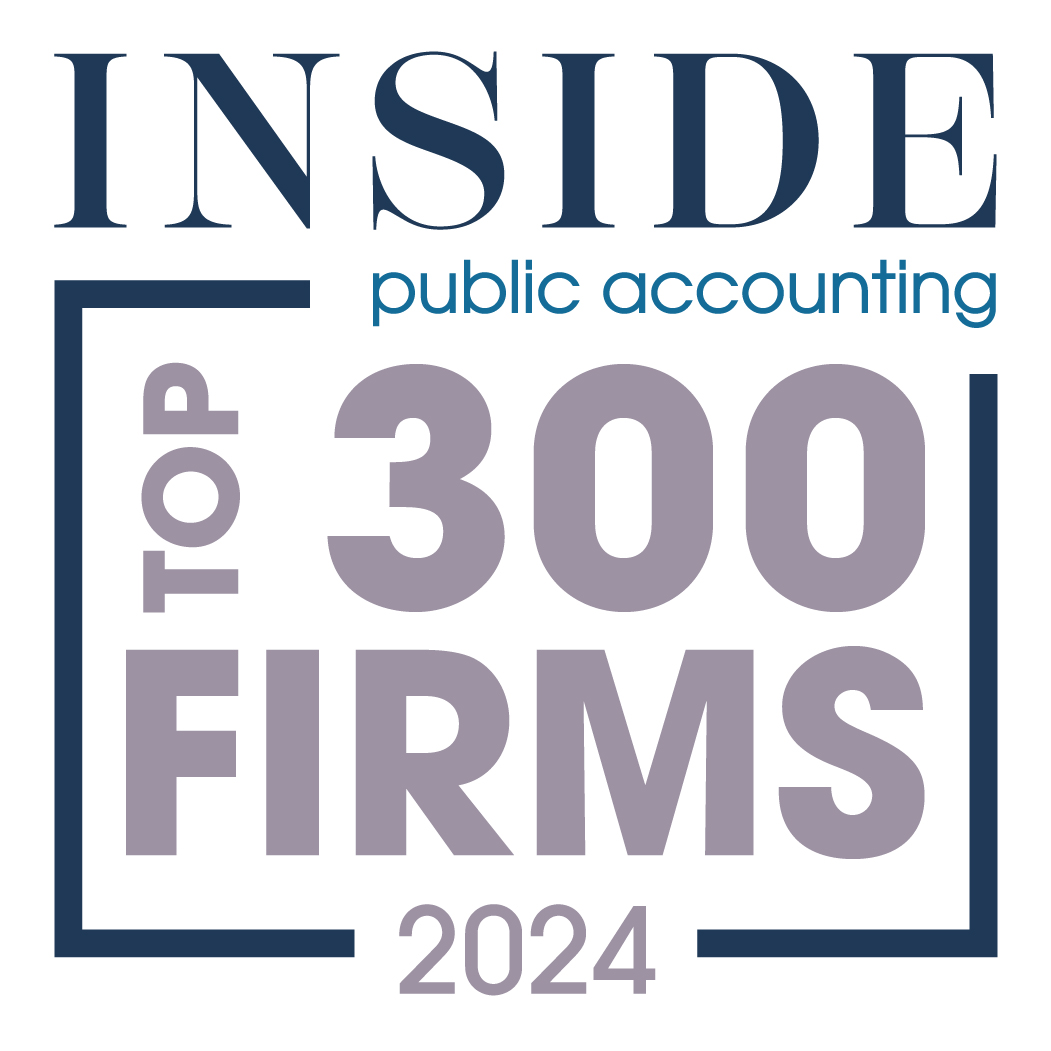The Department of Health and Human Services (HHS) continues to make payments to healthcare providers from its Provider Relief Fund. At the same time, HHS continues to issue new guidance and refine existing guidance on an almost daily basis. In order to keep you informed, we are pleased to provide you with the following updates.
Funds Received and Action Required:
Round 1: Disbursed April 10-17 – based on 6.2% of Medicare payments in 2019
Round 2: Disbursed April 24 – based on 2% of net patient revenue per 2018 Medicare cost report
*Some providers may not have received Round 2 payments if Round 1 was greater than 2% of cost report revenues
Round 3: Disbursed May 22 – $4.9 billion “SNF only allocation”; facilities received $50,000 flat amount plus $2,500 per bed
Providers must complete an attestation for each round of funding in the Attestation Portal to accept the terms and conditions of the payments.
Financial information must be uploaded into the HHS’s General Distribution Portal after the attestations are completed, including federal income tax data, a copy of the tax return and estimated revenue losses for March and April due to COVID-19.
Timing of Attestation
On May 22, 2020, HHS extended the deadline to accept the Terms and Conditions for the Provider Relief Fund distributions. Providers now have 90 days from the date of receipt of the funds. If a provider does not attest, they are presumed to have agreed to terms and conditions.
However, in another example of the conflicting guidance, an HHS release dated May 20, 2020 indicates eligible providers have until June 3, 2020 to accept the Terms and Conditions and submit their revenue information to support receiving an additional payment from the Provider Relief Fund $50 billion General Distribution (Round 1 and Round 2 payments) if they wish to keep the funds.
Will Provider Relief Fund Payments Need to be Returned?
There continues to be confusion as to whether the Provider Relief Fund payments will need to be returned. Among the information that has circulated on this subject is the following:
- CMS Administrator Seema Verma on April 7, 2020: “There are no strings attached”.
- HHS Guidance in early April: “These are payments, not loans, to healthcare providers, and will not need to be repaid”.
- Terms and Conditions for funding – key requirements
- Recipient to certify that funds will only be used to
- Prepare for coronavirus
- Prevent coronavirus
- Respond to coronavirus
- Cannot be used to for losses or expenses reimbursed by another source (such as PPP loan)
- Report required within 10 days after end of quarter if $150K or more received from any COVID-related stimulus bill
- Recipient must submit reports that the Secretary deems necessary “to ensure compliance with conditions that are imposed on this Payment”
- Report should include:
- Total funds received
- Amount of funds expended
- Detailed list of all projects or activities for which large covered funds were expended
- Recipient to certify that funds will only be used to
- HHS has indicated that they reserve the right to recover funds used improperly or from providers who lack sufficient documentation to support relief funds were spent for COVID-19
- The terms and conditions are generally the same for each round of funding; however, each iteration appears to further refine the use of the funds, as well as add language warning of punishments for deliberately misrepresenting use of funds.
- There is still nothing definitive on what financial reporting may look like or what will be required
- It is imperative to keep good records on expenses incurred and lost revenues due to coronavirus
What is new in the Provider Relief Fund FAQs?
The General Distribution Portal FAQs are updated frequently and are now up to 21 pages. Below are some highlights:
- If a provider believes it was overpaid or may have received a payment in error, it should reject the entire General Distribution payment and submit the appropriate revenue documents through the General Distribution Portal to facilitate HHS determining their correct payment. If a provider believes they are underpaid, they should accept the payment and submit their revenues in the provider portal to determine their correct payment.
- For consolidated entities for which the parent company does not bill Medicare and did not receive Provider Relief funds, must submit a statement on first page of consolidated tax return listing:
- Parent entity’s filing TIN and indicate that it does not bill Medicare
- Schedule of the billing subsidiaries, TIN’s, and gross receipts
- A vertically-integrated organization that has both patient care revenues as well as revenues that are not directly related to patient care (e.g. insurance, retail, real estate) should not include any revenues from subsidiaries that are not directly providing diagnoses, testing, or care for individuals with possible or actual cases of COVID-19. The parent entity should submit a statement on the first page of the uploaded tax return file stating (i) the parent entity’s Filing TIN and (ii) a schedule of the eligible subsidiaries, their Billing TINs, and gross sales or receipts.
- General Distribution applications can be modified. HHS will use the most recent request, so those that have already done it and have revenues that should have not been reported may need to do it again.
- If a seller TIN no longer operating received payment, it should not send it to the buyer. It should reject the payment.
- If a buyer already received payment from the seller, they should not attest and should return the funds to the seller, who will then reject.
- The General Distribution Portal only allows 20 TINs to be entered. If an entity has more than 20 TINs to report, they need to attach a schedule as the first page of their tax return upload showing the subsidiary TINs that received payment and how much they received.
What is the Status of Additional Funding?
Thus far, rounds of funding have been distributed with very little advance notice, so this may be the case for future funds as well. Medicaid only providers (including ICF/IID and waiver) have yet to receive any relief payments as HHS struggles to identify eligible providers. CMS did obtain a listing of Ohio Medicaid providers from the state Medicaid agencies but there are difficulties summarizing the data and developing a distribution methodology. Discussions are ongoing with HHS and there is optimism relief will be forthcoming.
Additional state Medicaid funding should also be available through a 6.2% increase (retroactive to 1/1/2020) in the Federal Medical Assistance Percentage (FMAP) enacted as part of the Families First Act. Distribution of the additional funding remains in the hands of the Governor’s office. In addition, the national associations continue to advocate for relief for assisted living providers.
HHS has indicated that they intend to distribute additional funding within 10 days of receiving the financial information in the General Distribution Portal. Since information required to be uploaded so far only relates to lost revenue, and not increased expenses, it’s uncertain as to how HHS will determine who is eligible and for how much.
![]() As you know, this is a fluid situation that is changing on a daily basis. This information was based upon our understanding as of the publication date and is subject to change as new guidance is issued. Please visit the HW&Co. Current Events Center on our website for additional resources. HW&Co. is here to assist you in any way we can. Please contact us if you need assistance.
As you know, this is a fluid situation that is changing on a daily basis. This information was based upon our understanding as of the publication date and is subject to change as new guidance is issued. Please visit the HW&Co. Current Events Center on our website for additional resources. HW&Co. is here to assist you in any way we can. Please contact us if you need assistance.



